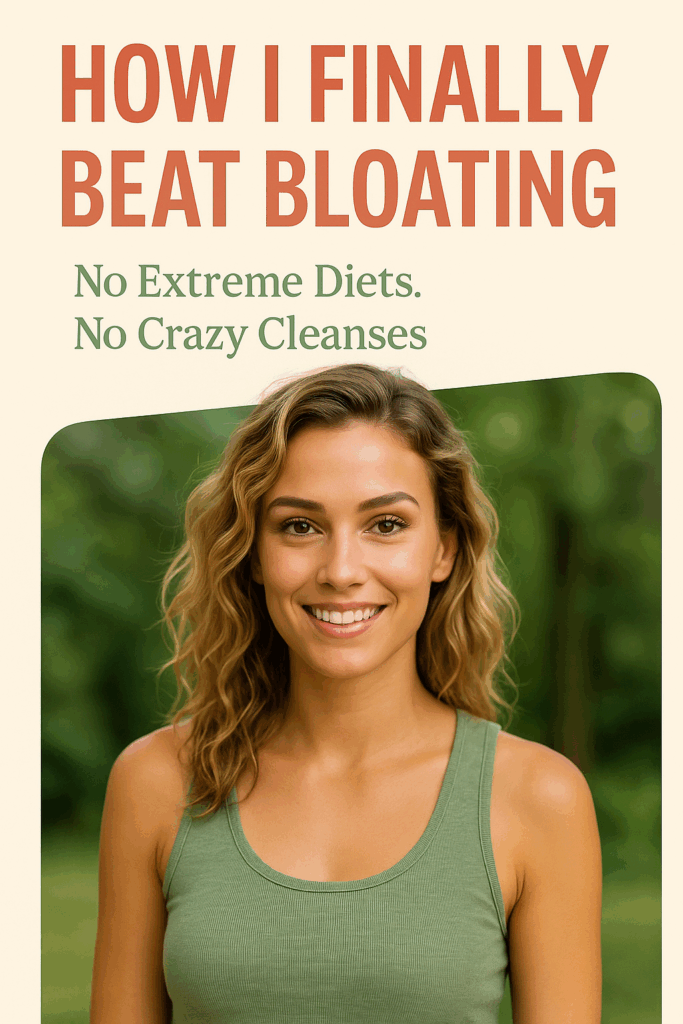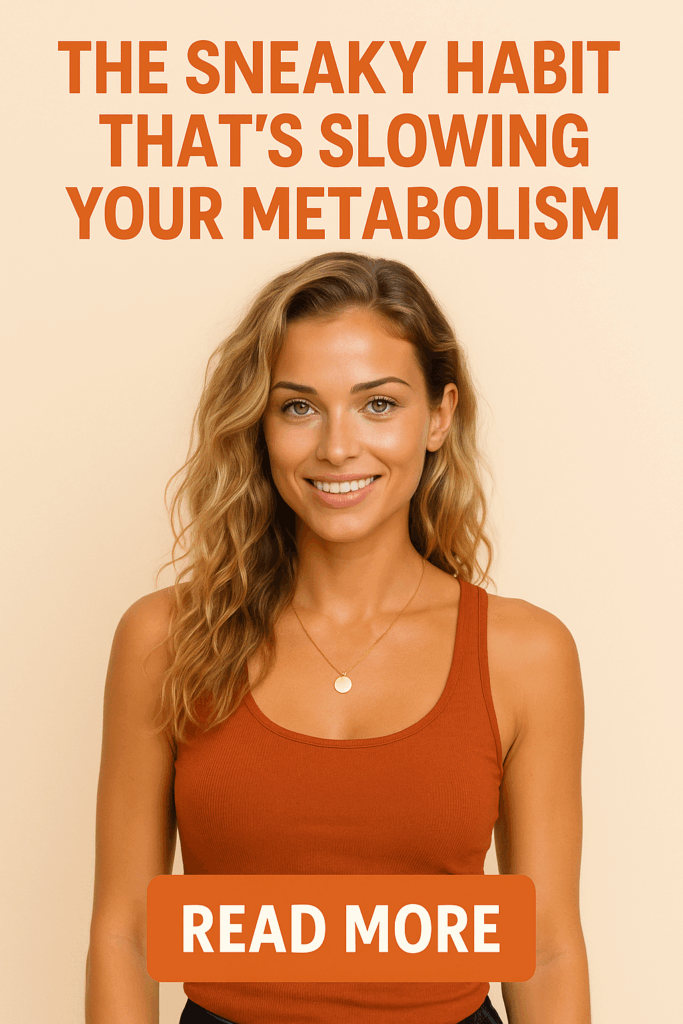Life can be hectic, especially when you’re juggling work, family, and everything in between. For women over 30, finding effective ways to unwind is crucial. One of the best solutions is yoga. Not only does it help in maintaining physical health, but it’s also a fantastic way to lower stress levels. In this blog post, we’ll explore 16 yoga flow tips that can help you hit the reset button when life feels overwhelming.

Hi, I’m Zara — fitness junkie, wellness nerd, and the voice behind FitByZara.com. This site is all about smart fitness and science-backed wellness tips for real women who want to feel their best.
Why Yoga?
3-Day Energy & Metabolism Reset
Grab the 3-Day Energy & Metabolism Reset — a quick-start guide to feel lighter, more energized, and back in control.

Where should I send your free reset guide?
Yoga is a holistic practice that combines physical postures, breath control, and meditation. It’s scientifically shown to lower cortisol levels, which can help mitigate stress. The beauty of yoga is that you can tailor it to your needs, whether you have 5 minutes or an hour.
1. Create a Calm Space
- Choose Your Spot: Find a quiet corner in your home where you feel comfortable.
- Add Elements: Incorporate calming scents, like lavender or sandalwood, and soft lighting to create a relaxing atmosphere.
2. Set an Intention
- Define Your Purpose: Before starting, take a moment to set a personal intention for your practice, whether it’s to let go of anxiety or to cultivate gratitude.
3. Start with Deep Breathing
- Practice Diaphragmatic Breathing: Inhale deeply through your nose, allowing your belly to expand, then exhale through your mouth. Repeat for a few minutes to ground yourself.
4. Flow with the Breath
- Sync Movement with Breath: Focus on moving through your poses in rhythm with your inhalations and exhalations. This creates a meditative flow that calms the mind.
5. Focus on Gentle Poses
- Incorporate Restorative Asanas: Start with poses like Child’s Pose, Cat-Cow, and Downward Dog to release tension and open your body.
6. Try a Short Vinyasa
- Create a Simple Sequence: A short vinyasa flow (like Sun Salutations) can energize you without overwhelming your system.
7. Incorporate Mindfulness
- Stay Present: As you practice, focus on the sensations in your body and the rhythm of your breath. This mindfulness takes your mind off stressors.
8. Use Props
- Enhance Comfort: Utilize blocks, straps, or blankets to support your body in challenging poses. This encourages relaxation rather than strain.
9. Experiment with Different Styles
- Find Your Flow: Try various yoga styles like Hatha, Yin, or Restorative Yoga to discover what works best for your stress relief.
10. End with Savasana
- Embrace the Stillness: Finish your practice with Savasana (Corpse Pose). Allow yourself to completely relax and absorb the benefits of your session.
11. Incorporate Meditation
- Add a Minute of Stillness: After your yoga flow, take a few minutes to sit in silence, focusing on your breath or a calming mantra.
12. Use Guided Sessions
- Follow Along: If you’re unsure where to start, use an app or online class that offers guided sessions specifically focused on stress relief.
13. Keep It Short and Sweet
- Practice Daily: You don’t need a long session to reap benefits. Even 10-15 minutes a day can significantly lower stress.
14. Connect with Nature
- Practice Outside: If possible, take your mat outdoors. Nature has a calming effect that can enhance your yoga practice.
15. Stay Hydrated
- Drink Water: Make sure to hydrate before and after your practice. Proper hydration supports overall wellness and helps to clear your mind.
16. Cultivate a Community
- Find a Yoga Buddy: Practicing with a friend or joining a local class can provide motivation and create a sense of connection, making your practice more enjoyable.
Conclusion
Yoga is a powerful tool for managing stress, especially for women in their 30s and beyond. By incorporating these 16 tips into your flow, you can create a personalized practice that helps lower stress fast. Whether you’re a seasoned yogi or just starting out, remember that each session is a step towards a calmer, more centered you.
So roll out your mat, take a deep breath, and let’s flow through this together! Your journey to stress relief begins now.
Final Thoughts
Remember, yoga is as much about the journey as it is about the destination. Embrace each moment on your mat and let go of what no longer serves you. Happy flowing!
HepatoBurn: Gentle Support for Steadier Days
When you’re stacking real habits—protein-forward meals, steps, and 7–9 hours of sleep—HepatoBurn is a simple add-on that supports the system behind energy, appetite, and metabolic rhythm.
Why Women 30+ Use It
- Pairs with an already-solid routine—no jitters, no crash.
- Easy to remember: 2 capsules with meals.
- Plays well with protein, walking, and strength training.
How to Use
- Timing: Breakfast & lunch are easy wins.
- Consistency: Use daily for a fair assessment.
- Stacks: Protein-first plates, post-meal walks, lights-down wind-down.
What It Isn’t
- Not a stimulant and not a magic fix.
- Best used alongside habits you’ll actually keep.
- Educational only—talk to your provider before new supplements.
Important: Educational only, not medical advice. Supplements don’t diagnose, treat, cure, or prevent diseases. Talk to your provider before changes to diet, exercise, or supplements.






















